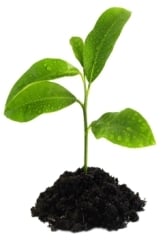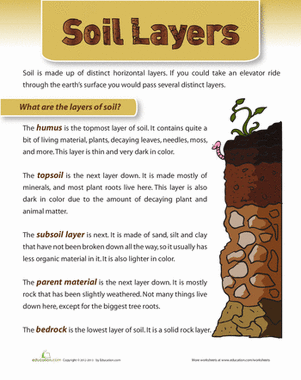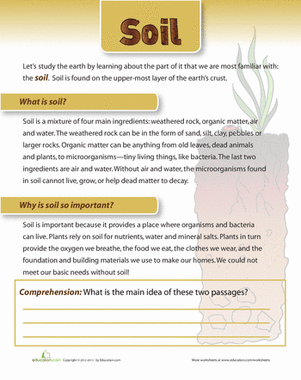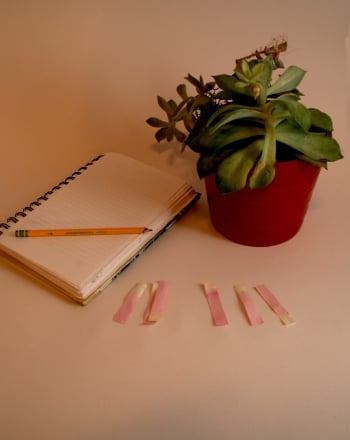Science project
Plants and Soil Acidity
Difficulty of the Project
Medium
Cost
$15 for soil test kit
Safety Issues
Walking in the forest, must wear appropriate shoes and outdoor gear, working with chemicals.
Approximate Time Required to Complete the Project
4 hours
Objective
To determine whether the types of plants growing in a Pacific Northwest rainforest environment are influenced by the soil acidity.
Materials and Equipment/Ingredients
- Soil pH test kit, found at your local hardware store or garden center
- Plant identification book, found at the library.
Introduction
Temperate rainforest soil is composed of the needles from coniferous trees, and these needles decompose and lead to increased soil acidity. When forests are logged or experience a disaster like a forest fire, the first trees that come back are often deciduous trees. This can lead to an entirely different ecology in the same place. Is this because of the reduction in needle-bearing trees, or are there other factors involved that strongly influence what plants grow where in the rainforest?
Terms, Concepts and Questions for Background Research
Temperate rainforest, soil pH, soil acidity
- Is the pH of temperate rainforest soil the main determinant of what plants can grow in a particular location?
- What other factors might influence plant growth?
Experimental Procedure
- Take two soil samples from each site. One should be a site with very few coniferous trees and one from a site with many coniferous trees. Dig down under the top layer of detritus to reach the soil’s surface.
- Test the pH of each soil sample. Make a note of the pH.
- Find a shady place in the coniferous site and draw and count the plants that are growing there. Identify them with the plants book.
- Find a shady place in the deciduous site and draw and count the plants that are growing there. Identify them with the plants book.
- Look up each plant to see whether it prefers a very acidic, mildly acidic, neutral or basic soil pH.
- Draw two bar charts, one for each site. Show the number of plants that prefer each type of soil, one per bar.
- Compare the soil pH on each site with the number of plants that prefer that soil, to see if there is a correlation between the soil pH and the plant type.
Bibliography
- Pojar and McKinnon, Plants of Coastal British Columbia
- Shaw, Melody, Temperate Rainforest Ecosystems: http://www.melodyshaw.com/files/TempRain.pdf
Education.com provides the Science Fair Project Ideas for informational purposes only. Education.com does not make any guarantee or representation regarding the Science Fair Project Ideas and is not responsible or liable for any loss or damage, directly or indirectly, caused by your use of such information. By accessing the Science Fair Project Ideas, you waive and renounce any claims against Education.com that arise thereof. In addition, your access to Education.com's website and Science Fair Project Ideas is covered by Education.com's Privacy Policy and site Terms of Use, which include limitations on Education.com's liability.
Warning is hereby given that not all Project Ideas are appropriate for all individuals or in all circumstances. Implementation of any Science Project Idea should be undertaken only in appropriate settings and with appropriate parental or other supervision. Reading and following the safety precautions of all materials used in a project is the sole responsibility of each individual. For further information, consult your state's handbook of Science Safety.













